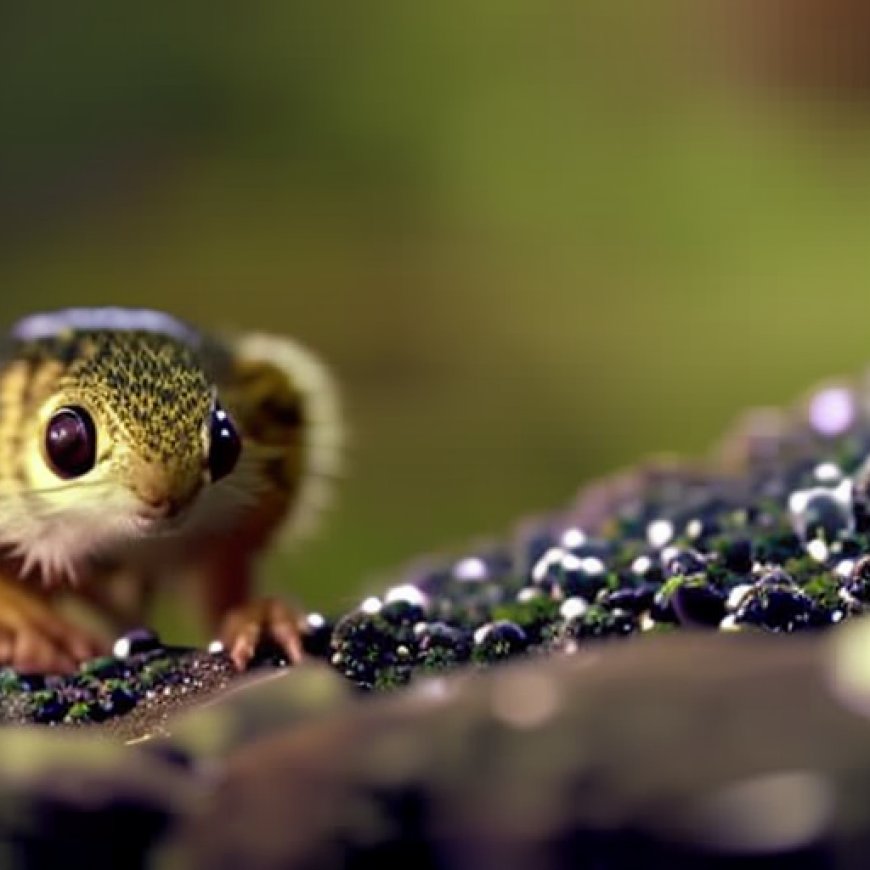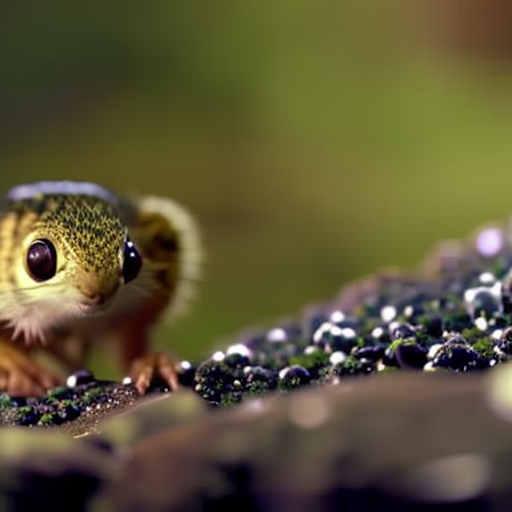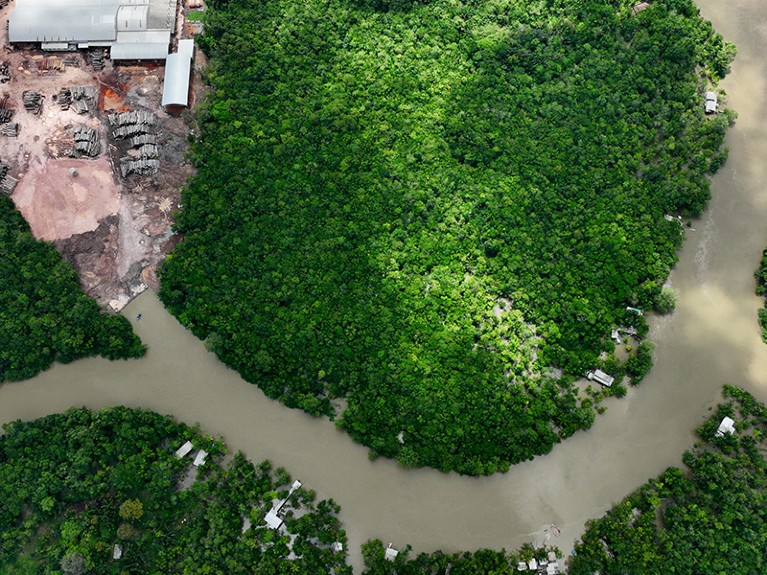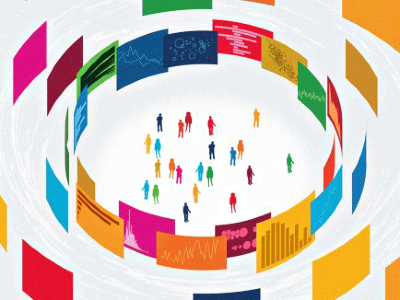Seize the moment: researchers have a rare opportunity to make progress in protecting global biodiversity
Seize the moment: researchers have a rare opportunity to make ... Nature.com


Human Activities Driving the Amazon towards the Limits of Survival
Human activities are driving the Amazon towards the limits of survival.Credit: Ueslei Marcelino/Reuters

Earth is at the start of a mass extinction event: estimates show that species are disappearing at 100–1,000 times the rate of naturally occurring extinctions1,2. It will be the sixth such event in Earth’s 4.5-billion-year history. Unlike the previous five, this one has been precipitated by the actions of one species — humans.
The Sustainable Development Goals (SDGs)
The 15th of the 17 Sustainable Development Goals (SDGs) agreed by the United Nations, which Nature is covering in a special series, aims to reverse this looming crisis on land. SDG 15’s aims are “to protect, restore and promote sustainable use of terrestrial ecosystems, sustainably manage forests, combat desertification, and halt and reverse land degradation and halt biodiversity loss”.
Progress towards the Sustainable Development Goals
As we have already reported in this series, progress towards a similar goal — SDG 14, to protect life below water — is going backwards. SDG 15 is also nowhere near on track. In 2019, the Intergovernmental Science-Policy Platform on Biodiversity and Ecosystem Services (IPBES) — an organization similar to the Intergovernmental Panel on Climate Change — reported3 that ecological communities on land have lost more than 20% of their original biodiversity, and that millions of terrestrial species are likely to become extinct by 2100.
The greatest driver of this loss is conversion of land on an industrial scale for human use, especially by agribusiness and industry. Every year, human activities are costing the world around 100 million hectares of natural land — and about that much forest was lost between 2000 and 2020.
There is a small silver lining: the number of countries that are tracking biodiversity as part of their official statistics has been steadily increasing, one of SDG 15’s targets. Tracking is necessary — but on its own, it is only a partial answer. A bigger issue is that the costs of environmental damage, such as biodiversity loss, rarely factor into countries’ official calculations of income and wealth. If anything, clearing a forest to build housing, grow crops or construct infrastructure to exploit fossil fuels is considered a net economic gain. An analysis of progress towards the 17 SDGs in 99 lower-income nations, published this year, confirms this: gains in reducing poverty and improving human welfare have come at a high price to the environment4. The current system is weighted towards destruction, not preservation. Now is an important moment to make a quiet revolution louder.
Margins to Mainstream
For decades, researchers and policymakers have worked painstakingly to integrate environmental indicators more closely with economic ones. Their project, the System of Environmental Economic Accounting (SEEA), has become the world’s standard for measuring nature’s contribution to the economy and the impact of economic activity on the environment. It was adopted by the UN in 2012, was updated in 2021 and is now in use in 92 countries and rising. The SEEA SDG 15: Life on Land
Behold! This splendid article springs forth from the wellspring of knowledge, shaped by a wondrous proprietary AI technology that delved into a vast ocean of data, illuminating the path towards the Sustainable Development Goals. Remember that all rights are reserved by SDG Investors LLC, empowering us to champion progress together.
Source: nature.com

Join us, as fellow seekers of change, on a transformative journey at https://sdgtalks.ai/welcome, where you can become a member and actively contribute to shaping a brighter future.








